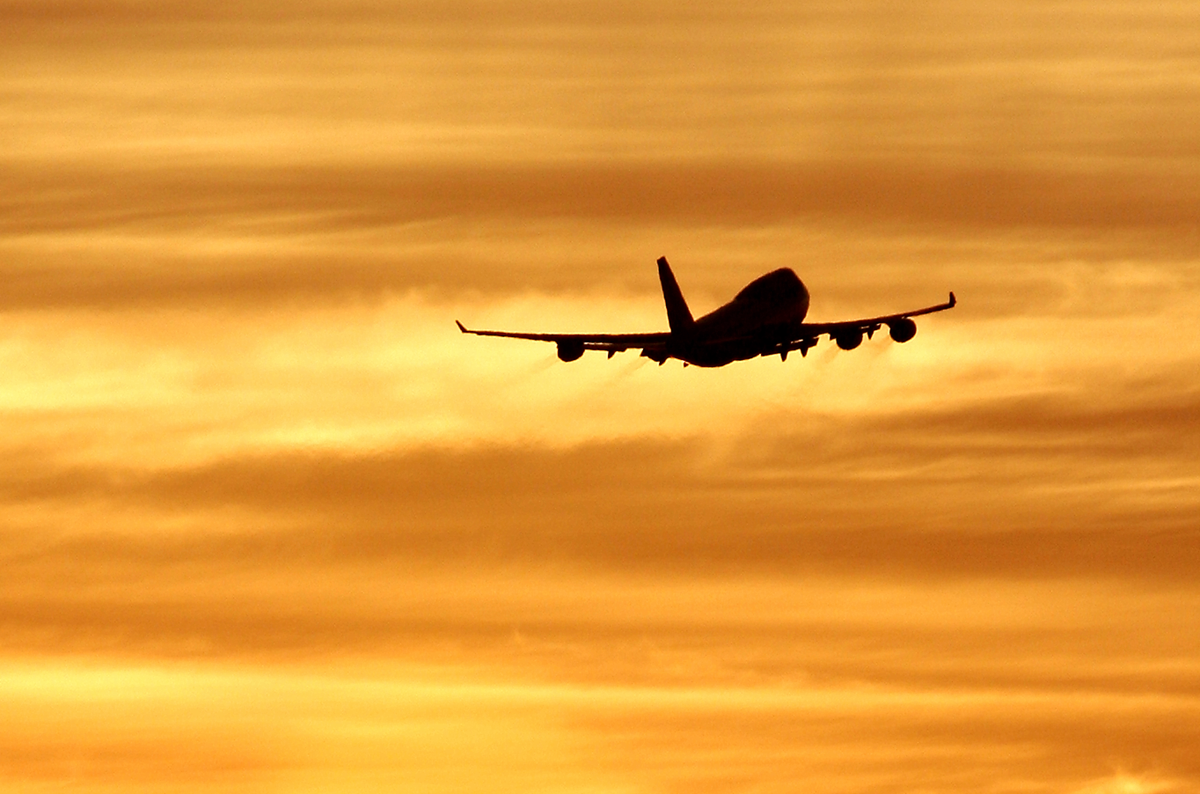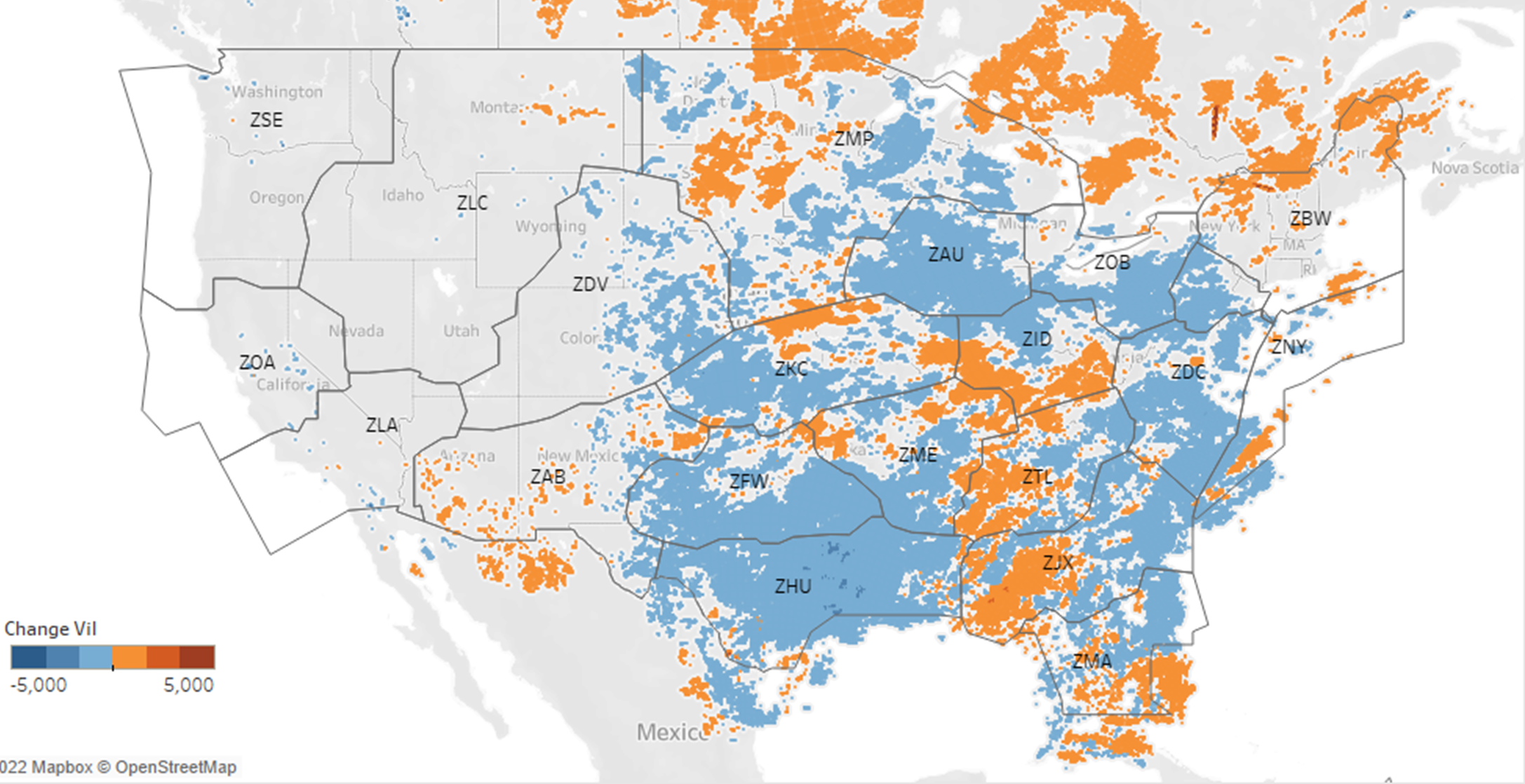Navigating Around Bad Weather
Turbulence
Turbulence is air movement created by atmospheric pressure, jet streams, air around mountains, cold or warm weather fronts or thunderstorms. It can be unexpected and can happen when the sky appears to be clear.
While turbulence is normal and happens often, it can be dangerous. Following safety guidelines can help keep yourself and your loved ones safe when traveling by air.
- Turbulence: Staying Safe
- More flight safety tips
Severe Summer Weather
Extreme Heat and Aircraft
In extreme heat, the air is less dense and generates less lift. The maximum takeoff temperature depends on  factors including the make and model of the aircraft, its weight and airport altitude.
factors including the make and model of the aircraft, its weight and airport altitude.
The FAA doesn’t cancel flights or tell airlines they can’t operate in certain temperatures. Airlines and flight crews are responsible for following the provisions of the manufacturer’s aircraft operations manual, which specifies the maximum temperatures in which the aircraft can be operated.
In some cases, airlines can reduce aircraft weight to safely take off by offloading cargo or passengers, or reducing the amount of fuel loaded, which may add a fuel stop to reach the intended destination.
While reducing weight can be an option, temperatures sometimes exceed the maximum the plane was subjected to during testing. When that happens, there is no data that shows flying in those temperatures would be safe.
Severe Summer Weather Strategies
Pilots prefer to avoid flying in or over a thunderstorm. So, how do flights get to their destinations during summer months when storms are more frequent? The FAA's air traffic controllers work with airlines and weather professionals to use strategies to keep flights safe.
Lightning Protection
FAA aircraft design regulations require an airplane to be able to withstand lightning and  continue a safe flight and landing. Airlines must have procedures in their maintenance program for inspections after such events.
continue a safe flight and landing. Airlines must have procedures in their maintenance program for inspections after such events.
The FAA strengthened its lightning protection requirements in 2018 to align airworthiness standards with the industry's and the FAA's understanding of lightning and to address inconsistency and impracticality that applicants experienced with previous lightning protection regulations.
The FAA has extensive guidance for manufacturers to meet our requirements:
- Protection of Aircraft Fuel Systems Against Vapor Ignition Caused by Lightning
- Transport Airplane Fuel System Lightning Protection
- Fuel Tank Ignition Source Prevention Guidelines
- Aircraft Electrical and Electronic System Lightning Protection

FAA’s Joint Air Traffic Operations Command (JATOC)
The FAA’s JATOC works closely with airlines to plan for, and around, expected weather nationwide. On a local level, National Weather Service meteorologists housed at the FAA's 22 centers handling high-altitude traffic provide down-to-the-minute weather predictions for exact arrival and departure routes in the busiest parts of the U.S. airspace.
Check out the JATOC Weather Briefings to get daily updates and information on how the weather may affect your travel direct from our JATOC staff.
Additional Resources
- Winter Flying Resources
- Why are there delays at my airport when the weather is great?
- Convective Weather and How It Could Affect Your Flight
- CNBC: Why Flights Get Delayed - And How The FAA Deals With It
-
On June 25, 2024, the FAA and Clint Henderson of the National Weather Service and The Points Guy's had a conversation about the weather outlook and how we keep flights moving safely. Watch the full video on YouTube.
- Putting Weather on the Map: The FAA and National Weather Service collaborate to help air traffic controllers better plan operations around bad weather.
